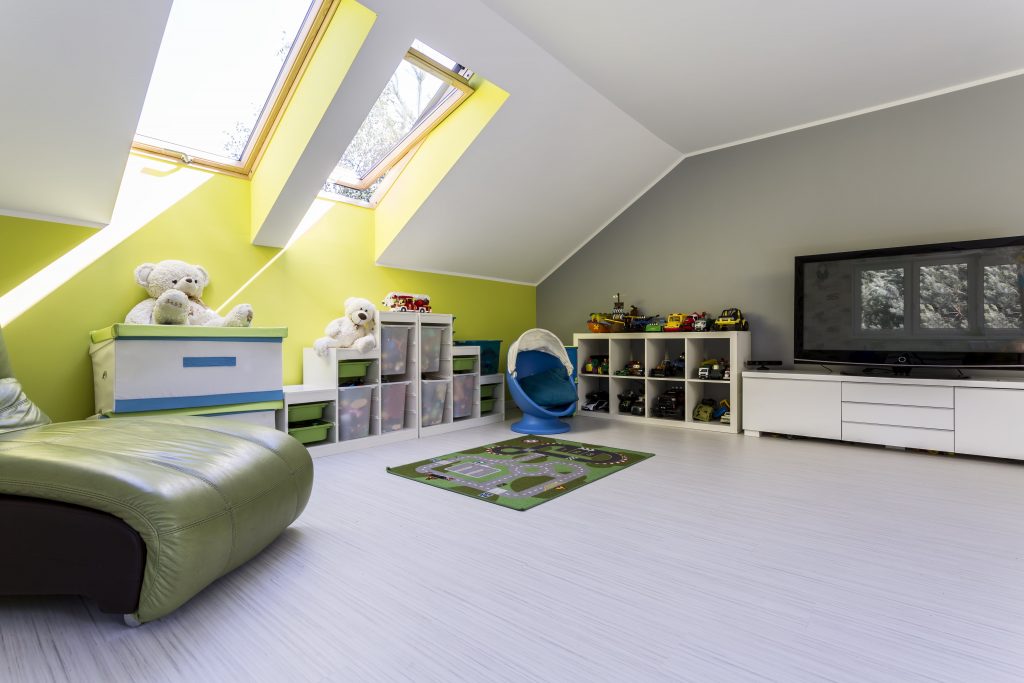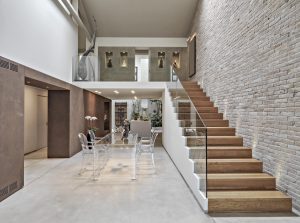
If you’re considering an attic house design, there are a few things you should keep in mind. First, attics are often smaller than other rooms in the house, so you’ll need to be careful about the layout and furniture placement. Second, attic ceilings are often lower than other rooms in the house, so you’ll need to be careful about lighting and ventilation. Third, because attic spaces are often warmer than other rooms in the house, you’ll need to be careful about insulation and cooling.
Assuming you have the go-ahead from your architect or builder, here are a few tips for designing an attic space that’s both functional and stylish.
Layout:
When it comes to layout, less is more in an attic space. Because attics are often smaller than other rooms in the house, you’ll want to avoid clutter by choosing furniture that’s both functional and stylish. For example, a daybed can double as a sofa during the day and a bed at night, while a trundle bed can provide extra sleeping space for guests. If you’re short on storage space, consider investing in a Murphy bed or daybed with built-in storage.
Furniture Placement:
Because attic ceilings are often lower than other rooms in the house, you’ll want to be careful about furniture placement. Avoid placing furniture directly under the eaves, as this can make the space feel cramped. Instead, opt for floating shelves or cabinets to make the most of the vertical space. If you have low ceilings, consider using mirrors to reflect light and make the space feel larger.
Lighting:
Proper lighting is essential in an attic space. Because attic ceilings are often lower than other rooms in the house, you’ll want to be careful about overhead lighting. recessed lighting is a good option for providing general illumination without taking up too much space. You’ll also want to add task lighting near work areas like desks and vanities. Table lamps and floor lamps can also help to create a warm and inviting atmosphere.
Ventilation:
Because attic spaces are often warmer than other rooms in the house, proper ventilation is essential. Attic windows should be sized and placed to provide adequate cross-ventilation. ceiling fans can also help to circulate air and keep the space cool. If your attic has heating and cooling ducts, be sure to have them inspected and cleaned before use.
Insulation:
Proper insulation is essential in an attic space. Because attic spaces are often warmer than other rooms in the house, you’ll want to be sure that your insulation is up to par. Attic floors should be insulated with at least R-30 insulation, while walls should be insulated with at least R-13 insulation. Be sure to caulk and seal any gaps or cracks around windows and doors to prevent heat loss.
Cooling:
If your attic space has heating and cooling ducts, be sure to have them inspected and cleaned before use. Attic windows should be sized and placed to provide adequate cross-ventilation. ceiling fans can also help to circulate air and keep the space cool. If your attic doesn’t have heating and cooling ducts, portable air conditioners and fans can be used to keep the space comfortable during hot weather months.
Furnitures for Attic Room
Assuming you would like a blog post discussing ideas for using and furnishing an attic room:
When it comes to attic rooms, the sky really is the limit in terms of design and décor. This extra space in your home can be transformed into just about anything, from a cozy reading nook to a kids’ playroom to a home office or craft room. And because attics often have slanted ceilings and dormer windows, they can feel cozy and intimate—the perfect place to curl up with a good book or get lost in your latest project.
If you’re lucky enough to have an attic room in your home, here are some ideas to get you started on furnishing and decorating this special space.
One of the first things to consider when furnishing an attic room is the ceiling height. If your ceilings are on the shorter side, you’ll want to stick with lower furniture pieces so the room doesn’t feel cramped. A daybed or futon is a great option for seating, and a small table or desk can serve as a workspace. For storage, try using baskets or bins that can be tucked under the bed or desk.
If your attic room has higher ceilings, you have a bit more leeway in terms of furniture choices. A comfy armchair or sofa is a great option for seating, and you can add a coffee table or side table for placing drinks or books. For a workspace, try using a standing desk or a larger table. And for storage, take advantage of any built-ins or nooks and crannies by adding shelves or cabinets.
No matter the ceiling height, every attic room can benefit from some cozy touches. Throw blankets and pillows are a must for snuggling up, and an area rug can help define the space and add some extra warmth underfoot. Curtains are also a good idea—not only do they add privacy if your attic room is located under the eaves, but they can also help with temperature control (keeping the space cool in summer and warm in winter).
When it comes to décor, let your imagination run wild! An attic room is the perfect place to try out bold colors or patterns that you might not use elsewhere in your home. And because attics often have interesting architectural details like exposed beams or brick walls, you can really let those features shine by keeping the décor simple and uncluttered.
So if you’re looking for ideas on how to furnish and decorate an attic room, take inspiration from these tips and let your creativity run wild!
Attic Room Wall Painting Colors
When it comes to choosing the right paint color for your attic room, there are a few things you need to take into consideration. The first is the size of the room. If the room is small, you’ll want to choose a light color to make it appear larger. If the room is large, you can choose a darker color to make it feel more intimate. You also need to consider the amount of natural light in the room. If there’s not much natural light, you’ll want to choose a lighter color to brighten things up. Conversely, if there’s a lot of natural light, you can choose a darker color to create a cozy feeling.
Once you’ve considered the size and amount of natural light in the room, it’s time to start thinking about which colors you like best. If you’re not sure where to start, consider looking at some inspiration photos online or in magazines. Once you’ve found a few colors you like, narrow down your choices by considering what each color represents. For example, if you want a calming space, you might choose a blue or green. If you want a more energetic space, you might choose a yellow or orange.
Once you’ve chosen a few colors you like, it’s time to test them out! The best way to do this is to paint large swatches of each color on different walls in the room. This will give you a good idea of how the colors look in the space and how they interact with each other. Once you’ve decided on the perfect color, it’s time to start painting!





